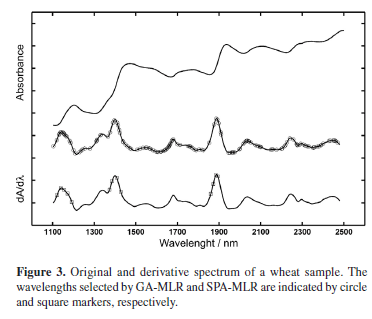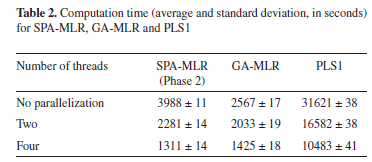The application of sophisticated chemometrics techniques to large datasets has been made possible by continuing technological improvements in off-the-shelf computers. Recently, such improvements have been mainly achieved by the introduction of multi-core processors. However, the efficient use of multi-core hardware requires the development of software that properly address parallel computing. This paper is concerned with the implementation of parallelism using the Matlab Parallel Computing Toolbox, which requires only simple modifications to existing chemometrics code in order to exploit the benefits of multi-core processing. By using this software tool, it is shown that parallel implementations may provide substantial computational gains. In particular, the present study considers the problem of variable selection employing the successive projections algorithm and the genetic algorithm, as well as the use of cross-validation in partial least squares. For demonstration, two analytical applications are presented: determination of protein in wheat by near-infrared reflectance spectrometry and classification of edible vegetable oils by square-wave voltammetry. By using the proposed parallel computing implementations, computational gains of up to 204% were obtained.
parallel computation; successive projections algorithm; genetic algorithm; partial least squares; voltammetric analysis; near-infrared spectrometric analysis












